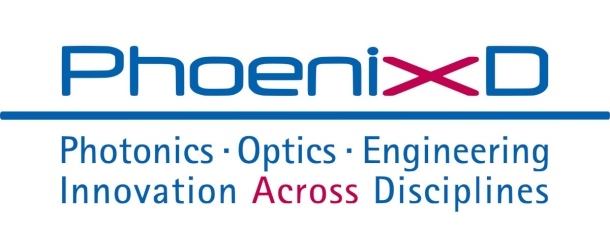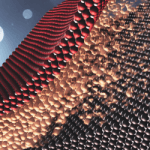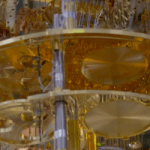PhoenixD On Team Developing Method of Generating Quantum-Entangled Photons that Can Make Satellite-Based Communications More Secure

(ScienceDaily) An international team with the participation of Prof. Dr. Michael Kues from the Cluster of Excellence PhoenixD at Leibniz University Hannover has developed a new method for generating quantum-entangled photons in a spectral range of light that was previously inaccessible. The discovery can make the encryption of satellite-based communications much more secure in the future.
Until now, it has been only technically possible to implement such encryption mechanisms with entangled photons in the near-infrared range of 700 to 1550 nanometers. However, these shorter wavelengths have disadvantages, especially in satellite-based communication: They are disturbed by light-absorbing gases in the atmosphere as well as the background radiation of the sun. With the existing technology, end-to-end encryption of transmitted data can only be guaranteed at night, but not on sunny and cloudy days.
The 15-member research team from the UK, Germany and Japan has developed a new method for generating and detecting quantum-entangled photons at a wavelength of 2.1 micrometres. In practice, entangled photons are used in encryption methods such as quantum key distribution to completely secure telecommunications between two partners against eavesdropping attempts.



















